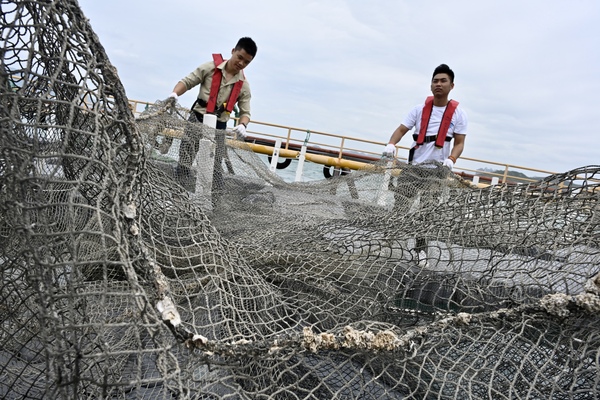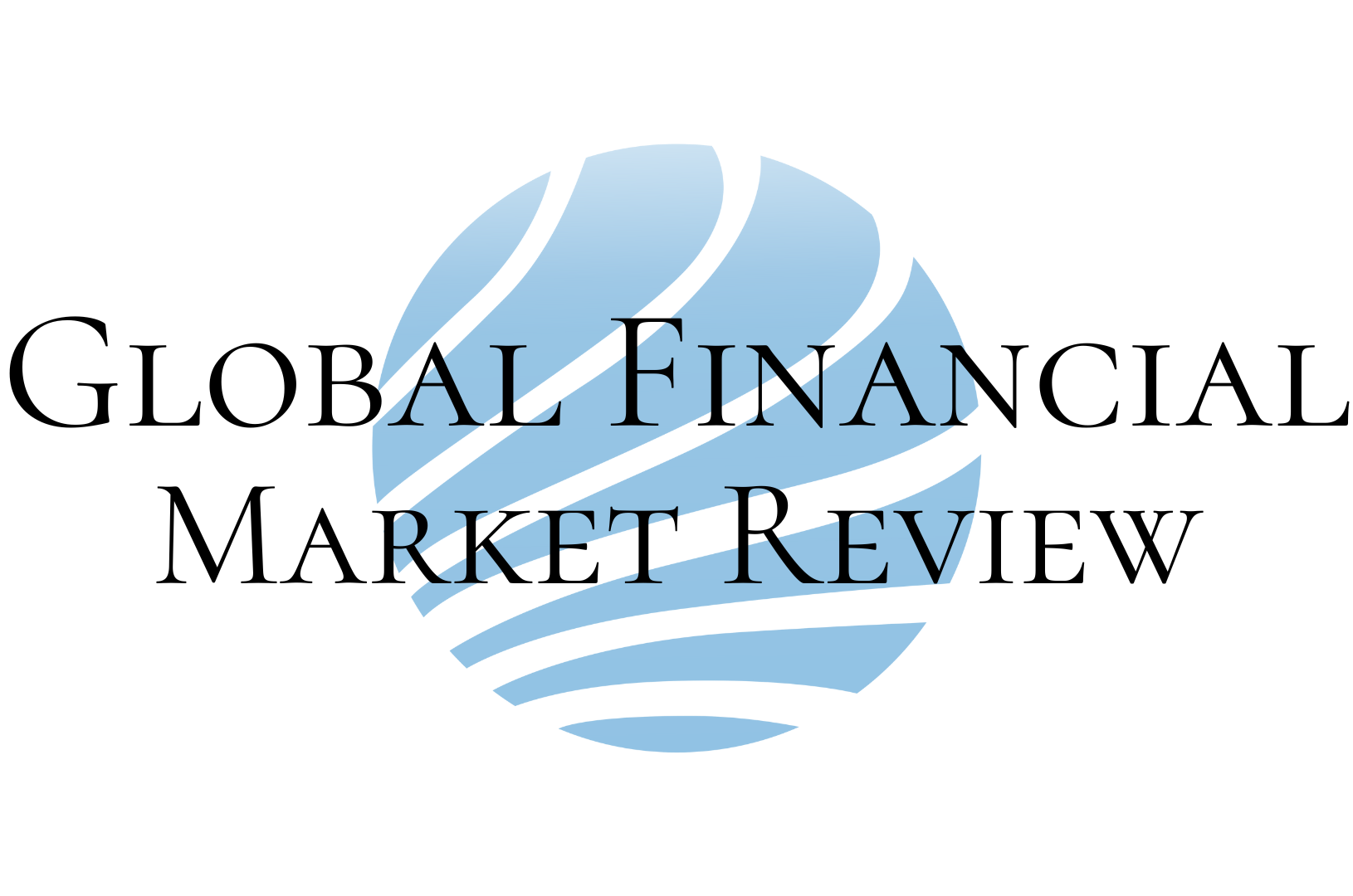Sustainable Fisheries - A Win-win

Sustainable fisheries and aquaculture make an important contribution to Hong Kong by way of maintaining a steady supply of fresh fish to local consumers.
To promote the upgrading and transformation as well as modernisation and sustainable development of Hong Kong’s mariculture industry, the Agriculture, Fisheries & Conservation Department (AFCD) plans to progressively launch four new fish culture zones.
Vital zones
The four new zones will be located in Wong Chuk Kok Hoi, outer Tap Mun, Mirs Bay and Po Toi (Southeast). The total area of the zones, situated in open waters with better currents, is about 590 hectares.
To resist strong winds and waves that may occur in the new zones, the department suggests using steel truss cages, or other types of deep sea cages, designed to fit Hong Kong’s hydrology and environment.
The department set up a modern mariculture demonstration farm at Tung Lung Chau to showcase how the steel truss cages can help boost the industry.
Modern technology
Different from the traditional mariculture rafts made from wood, the giant cages have a lot of advantages.
“It is more durable than the wooden-made mariculture rafts. Its estimated lifespan is 25 years. With an aquaculture water volume of about 11,000 cubic metres, this enables the farm to harvest 300 tonnes of aquatic products per year,” AFCD Senior Fisheries Officer Chow Wing-kuen said.
Deep sea cages will be set up at the new fish culture zones and the farms there will be equipped with modern aquaculture systems that feature automated feeding and a real-time monitoring system. Such equipment will allow the operation to function at maximum efficiency.
Polytechnic University Research Institute for Future Food Associate Director Kevin Kwok discovered that by using the steel truss cages, both the growth and survival rates of the fish are better than the ones raised via the traditional wooden rafts. The steel cages provide the fish with better water quality as their excrement is easily washed away by natural water currents. The fish also contain a lot of healthy omega-3 fatty acids.
Apart from conducting research at the demonstration farm at Tung Lung Chau, the Polytechnic University also provides hands-on training there to conventional mariculturists and those who wish to join the industry.
Trainee Jack Mui said he and other apprentices learnt how to feed the fish, how to distinguish fish illnesses, etc. He added that the AFCD and the Polytechnic University staff taught them many useful skills and techniques and also helped them build up a professional network of the fisheries industry. He has eventually started his own business together with his peers.
Altruistic goal
“Weather can sometimes make working outdoors a challenge. Even though colleagues are exposed to the sun and rain, or work till late at night, they do not complain. All we strive to do, is accomplish the goal of demonstrating the model of modernisation and the sustainable development of the fisheries industry.” Chow Wing-kuen added.
New Hub Helps Green Tech To Flourish
Last month, the Hong Kong Science & Technology Parks Corporation, or HKSTP, transformed its InnoCentre in Kowloon ... Read more
MICE Tourism Gains Momentum
Ballroom inspections and mahjong sessions may not be what automatically springs to mind when you consider Hong Kong’... Read more
Game Startups Reach New Level
The global video game industry is highly competitive, requiring effective marketing for success. The Hong Kong Game En... Read more
Breast Milk Donations Save Lives
Last April, Ida Chan welcomed her son into the world. He was born a kilogramme lighter than expected, and Ida decided ... Read more
HK Reaches For The Moon
The beauty and mystery of the Moon have captivated the human imagination for millennia. Channelling that fascination i... Read more
Creating Disability-inclusive Jobs
Nestled in the Museum of the War of Resistance & Coastal Defence, Madam Hong Cafe enjoys the spectacular views of ... Read more

